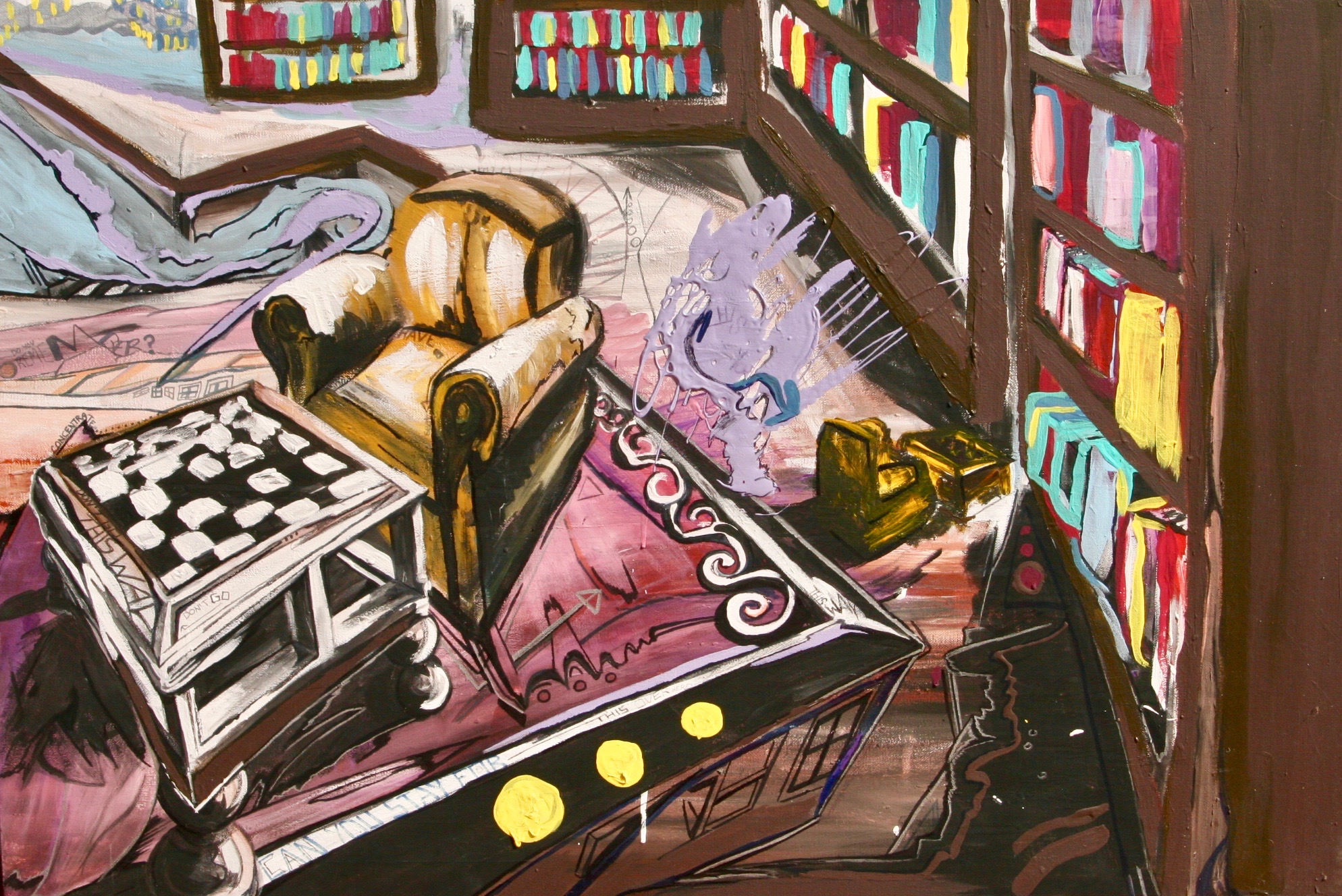A. A. Gunther
A Testament Against the Mantis
I watched you strip
a bumblebee
for parts,
methodically
as if it were
mechanical—
its buzzing body
frantic
in your
claw
you sucked
its kicking knee up
like a straw,
I saw you drill
your little wedge
of head
into a fly
not caring that
it wasn't dead;
you entered
like a vision
through the eye
you caught
the cricket
by its violin
as it went by,
thigh-first, you
cracked the thorax open,
prying—
you didn't snag
the twitching
butterfly,
but not for lack
of trying.
Diagram
I have the context for myself, and you
Have the result, but as for what I am,
Each of us only has a piece, and who—
Even if we combined the two—could claim
To draw any conclusion from it? I,
To me, am just the wires at the back,
And I to you am just the screen, and my
Knowledge and yours are nothing to the lack
On both our parts of the most basic sense
Of the machine between the two—I barely
Know what my muscles are, or why they tense
And my heart quickens when I think how rarely
Anyone knows why they do what they do.
—I'm just supposed to understand you, too?
|
|
 |
 |
|
|
|
 |
| Anna Lee Hafer is a studio artist based in the Philadelphia area whose work is heavily influenced by such famous surrealist painters as René Magritte, Salvador Dali, and Pablo Picasso, all of whom strove to build their own realities through small glimpses into a particularly confusing, but utterly unique worldview that dictates its own specific set of instructions. With references to the laws and physics of Alice's Wonderland, the artist challenges the audience's inherent understanding of perspective, reality, and universal order.
In her work, Hafer pours and layers paint to create dimension and texture, mixing different styles and colors onto each other until they produce a 3D effect. Through marker and pencil that create shadow, she further enhances these forms and separates them from the background. Heavier layers and thicker brushstrokes in the foreground of her work push the painting toward the viewer, whereas the thinner layers and small brushstrokes in the background, elongate the space and push away from the viewer. By juxtaposing interior and exterior elements, Hafer makes the audience question whether they are looking at something inside or outside.
For additional information, please visit www.hafer.work.
|
|
|
|
|
|
 |
|
 |
|
|
|
|
